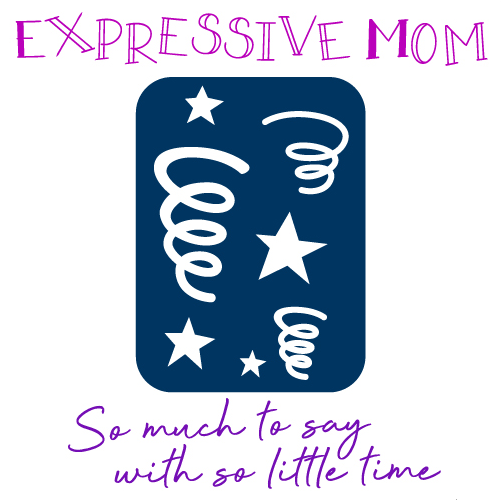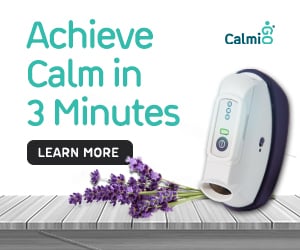Gardening is a popular pastime for many. But sometimes you can be left wondering how to have a beautiful garden that is also safe for pets to roam around in.
Some questions include – what products are safe? What plants should be avoided and which flowers are perfectly fine?
Letting your pets roam around in the garden is a truly magnificent thing for both you and them. So, here are a few things you can do to be assured they are safe at home in your garden.
Understand And Avoid Poisonous Plants
It’s important to realize that some plants and vegetables if eaten by your beloved pet will cause problems.
Some plants and vegetables can be toxic to pets. Knowing which these are, will help you be sure your furry friends are kept safe.
Especially if they graze the lawn or flower beds.
On the contrary, knowing which plants are 100% safe will give you the ability to create beautiful flower beds with the utmost confidence.
Some poisonous plants include tulips, snowdrops, and geraniums, while poisonous vegetables include rhubarb.
Safe plants include marigolds, fuchsias, and selective herbs.
Protect Your Pup From Poisonous Plants You Already Have
If you do have any poisonous plants already in your garden and you really don’t want to remove them completely, you can do a couple of things.
Build raised flower beds plants
Using sleepers, you could build yourself a raised flowerbed so that the dog can’t get access to the poisonous section of your garden. This is only likely to work for small dogs though.
Fence off the plants
If you don’t want to block off your whole garden, you could simply fence off the flowerbed where the poisonous plants are growing. Make sure your pup can’t get through the gaps though
Use Organic Pet-Friendly Lawn Feed
Maybe you long for a thick, lush, and green lawn that you and your pets can enjoy. Lawns need feeding regularly to maintain their quality and not get taken over by weeds.
Therefore, if you use an organic pet-friendly lawn feed, you can be sure that your pets can continue to roam the lawn at all times. Even immediately after the product has been applied.
Avoid Using Weed And Feed Granules
Most herbicides are a no-go when it comes to pets. Some companies will promote their weed and feed products as pet friendly but be sure to read the instructions fully before using them. That’s because there may still need to be a period of time after application when the pets need to remain off the lawn.
Let Them ‘Chill’ In The Shade
If you don’t already have a shaded area in the garden, it’s a good idea to create one. On those hot days, your pets need somewhere to chill so they don’t dehydrate. Of course, they could go inside but it’s much more sociable if they can be outside with you.
While shade is important on hot days it’s also important to provide them with plenty of water. Never let the water bowl run dry.
Don’t Store Chemicals
Some garden products for both lawns and plants are chemically produced. If these are left open and accessible, they could cause a lot of harm to your pets.
The best way to avoid poisoning your little friends is by avoiding storing any chemically produced synthetic products.
If you still want to use chemicals in your garden, then it’s a good idea to only buy the exact amount you need so that you’re not storing them for months on end.
Don’t Let Them Raid The Compost Heap
A great way to be organic in the garden is by making your very own compost. However, rotting food and bacteria in the rotting matter can also cause the production of toxic compounds that are naturally produced from fungi.
If you think your pooch has been raiding the compost bin and consumed any of the fungi, then you should contact your veterinary for some urgent advice.
Say you still want to keep your commitment to the environment. Have a robust compost bin that is secure all around and can’t be accessed easily.
That’s the best way to maintain your homemade compost while keeping your dogs or cats safe.
Have a read of this post about medical emergencies – Dog Medical Emergency Guide: Are You Prepared?
Securely Enclose Your Grounds
Not having secure grounds around your home can be fatal to your little animals.
It’s forgotten by many and it’s usually the reason pets go missing especially smaller pets.
Make sure the gaps between fences and gates are no bigger than the size of your pet.
With minimal-sized gaps, you massively reduce the risk of them escaping. Especially if something catches their eyes outside the grounds and they can’t help but chase after it.
The ultimate goal should always be to give your pets access to as much of your home space as possible. That way you can always enjoy their company and they can always enjoy yours.
Author Bio
Matthew Adams is the owner of The Relentless Gardener. He’s allocated a significant research budget on testing and developing organic lawn products which can be used at specific times of the year. He’s also been gardening for several years, with lawn care being one of his specialist subjects.
@anexpressivemom #anexpressivemom #lifehackstiktok #tipsandtricks #lifehack #keeppetssafe #keepsdogsafe



Connect With Me !